Cuba Up Close
A Traveler's Guide to Cash, Currency and Costs in Cuba
Currency exchange in Cuba
Photo: Shutterstock
Planning a trip to Cuba? Get savvy with your money and currency management using our practical tips for a budget-friendly Cuban adventure.
Share
Planning a trip to Cuba? You might find yourself tangled in questions about managing your money effectively for a successful and memorable journey. From the acceptance of credit cards to the use of foreign currencies, and even the mystery surrounding the Cuban Convertible Peso (CUC) - the financial landscape of Cuba can seem complicated, especially for first-time visitors.
But don't worry, we've got you covered. Read along for some practical advice to help you navigate the complexities of money and costs in Cuba, ensuring you're well-prepared for your Caribbean adventure.
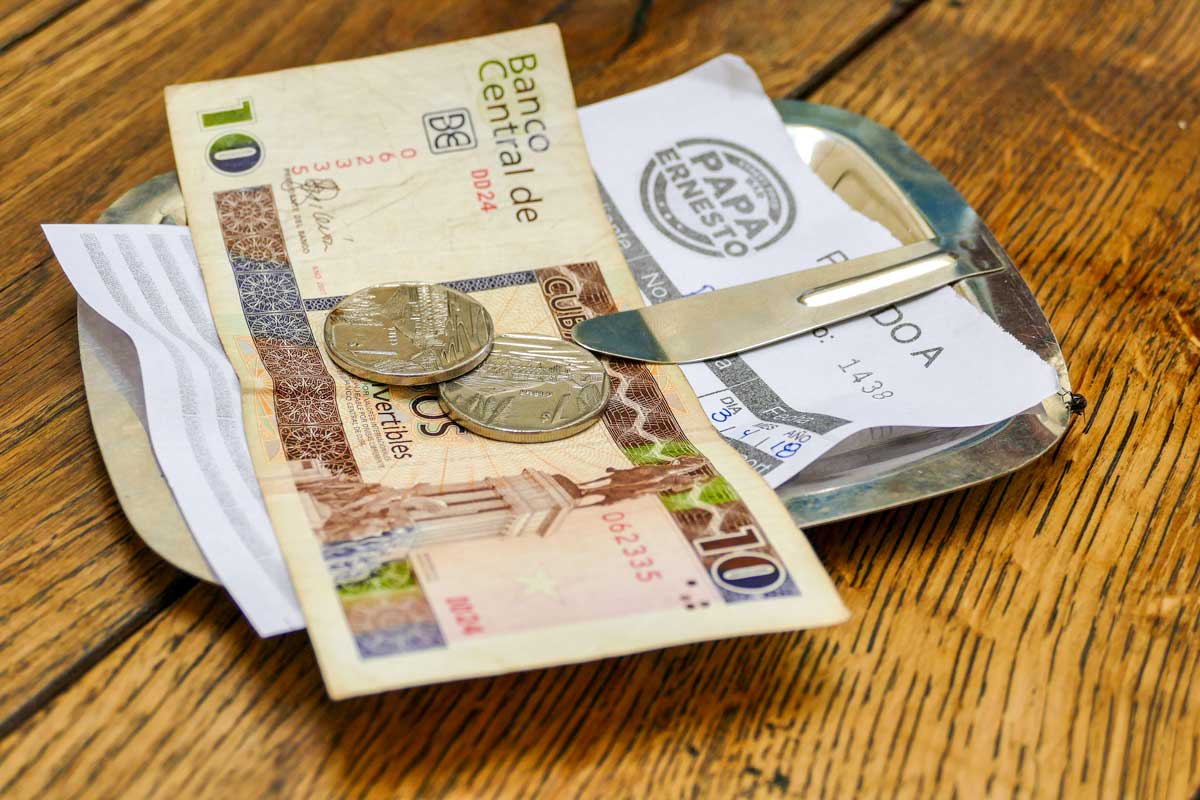
Bill payment in Havana
Photo: Alamy
Understanding Currency in Cuba
The value of foreign currencies can fluctuate in the Cuban market. However, due to the generally lower cost of goods and services in Cuba, your foreign currency can have more purchasing power. This means that the same amount of money can buy more in Cuba than in many other countries. When traveling to Cuba, it's advisable to bring US dollars, euros, or pound sterling, as these are the most valuable in the Cuban market.
Exchanging Foreign Currency to Cuban Pesos
Upon landing at any Cuban airport, you'll find currency exchange booths ready to convert your foreign currency into the local Cuban Pesos. While it might be tempting to exchange all your money right there at the airport, hold that thought. Navigating the currency exchange in Cuba can be a bit tricky if you're aiming for the best rate.
The official rate of the Cuban Peso is maintained at an artificial level, not reflecting its real market value. This means that with a bit of savvy, your foreign currency can stretch much further. So, while it's a good idea to exchange a small amount at the airport for immediate expenses like your taxi ride, hold onto the rest of your cash for now.
Government-run establishments like hotels, banks, and CADECAS (currency exchange houses) might seem like convenient options, but they'll offer the same unfavorable exchange rate as the airport. So where can you get the best bang for your buck? Read on to find out.
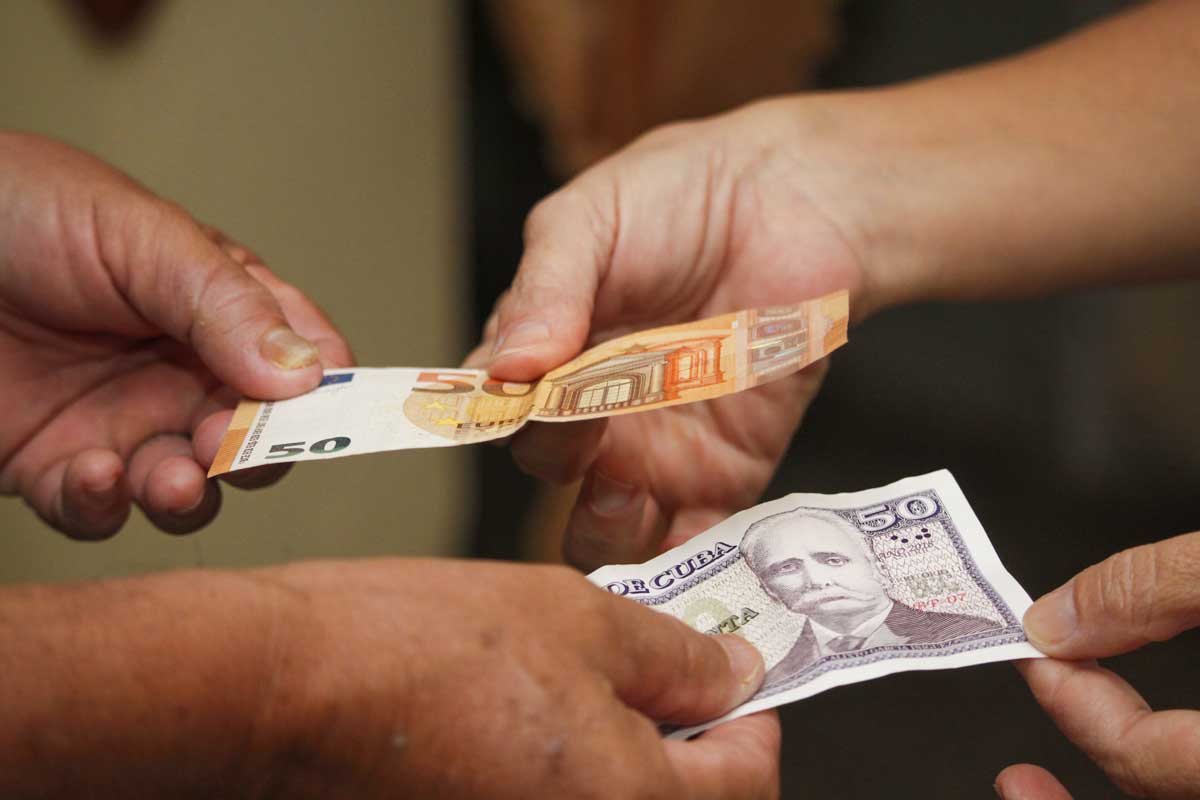
Changing euros for Cuban Pesos
Photo: Shutterstock
Cash Transactions in Cuba
In Cuba, cash is king. Most transactions, from public transportation and recreational activities to cinema, theater, museum, and park admissions, are conducted in cash, specifically in Cuban Pesos (CUP). However, the landscape changes slightly when it comes to private businesses.
Many private establishments such as restaurants, bars, clubs, and non-state rental houses are more than happy to accept foreign currency. Here's where it gets interesting: the value of your foreign currency in CUP is much higher in these private businesses than in any government institution. This means that the change you'll receive in Cuban Pesos will be significantly higher, sometimes 30% to 40%, or even 50% more.
So, while you're enjoying the Cuban vibe, remember to be strategic about where you spend or exchange your foreign cash. A little thought can lead to substantial savings, making your trip even more enjoyable.
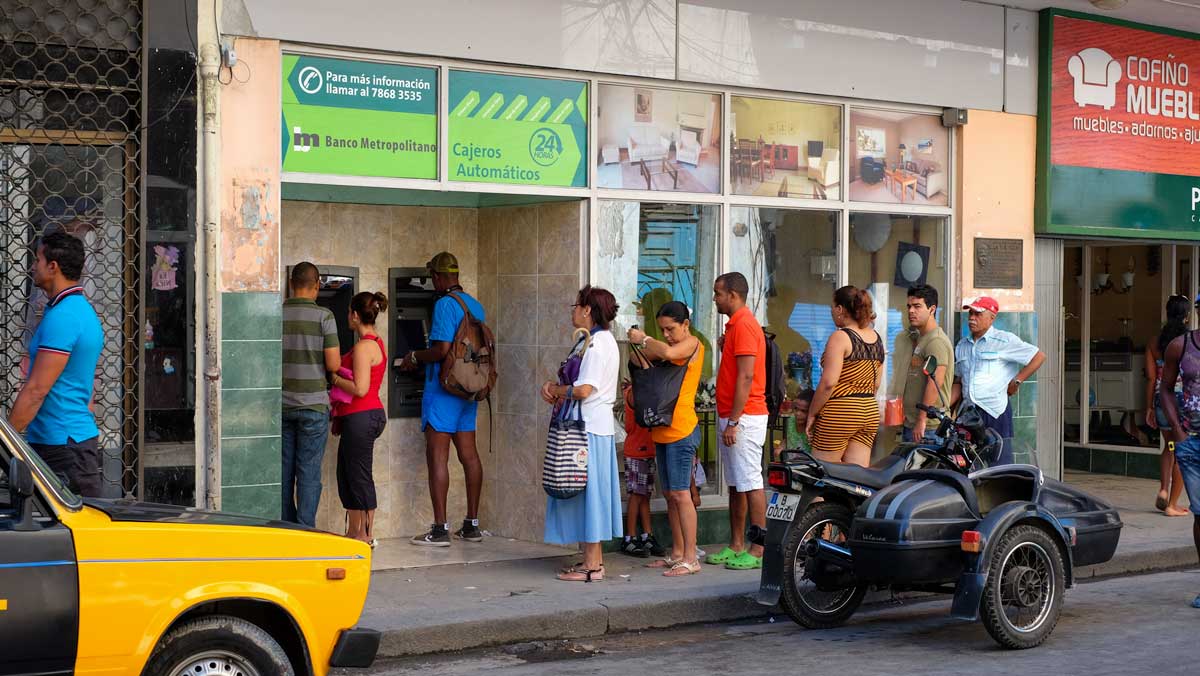
ATM queue in Havana
Photo: Shutterstock
Using Credit Cards in Cuba
While some places, primarily hotels, accept Visa or other types of cards, the use of credit cards is limited as many businesses operate on a cash-only basis. Therefore, withdrawing the amount you plan to spend before arriving in Cuba can make your trip smoother.
Withdrawing Cash from ATMs
Withdrawing cash from ATMs in Cuba is an option, with the exception of American cards. However, it's not always a smooth process. ATMs can be prone to malfunctions or long queues, and there's also the chance that an ATM might be out of cash. Additionally, since all banks in Cuba are government-run, the exchange rate you'll get when withdrawing cash from ATMs is the official one, which as mentioned earlier, is not the most favorable.
Identifying Cuban Pesos
Cuban peso bills are color-coded for easy identification: 1,000 CUP bills are dark brown, 500 CUP bills are light green, 200 CUP bills are orange, and 100 CUP bills are pink. Smaller denominations include 50 CUP bills in lilac, 20 CUP bills in blue, 10 CUP bills in light brown, 5 CUP bills in dark green, and the remaining 3 CUP and 1 Peso bills featuring historical figures Ernesto Ché Guevara and José Martí, respectively.
Reading Price Tags in Cuba
It's important to ask in which currency the price is listed when shopping, as it can sometimes be unclear. Also, avoid buying products without a marked price; instead, ask for the price and decide whether it's worth purchasing.
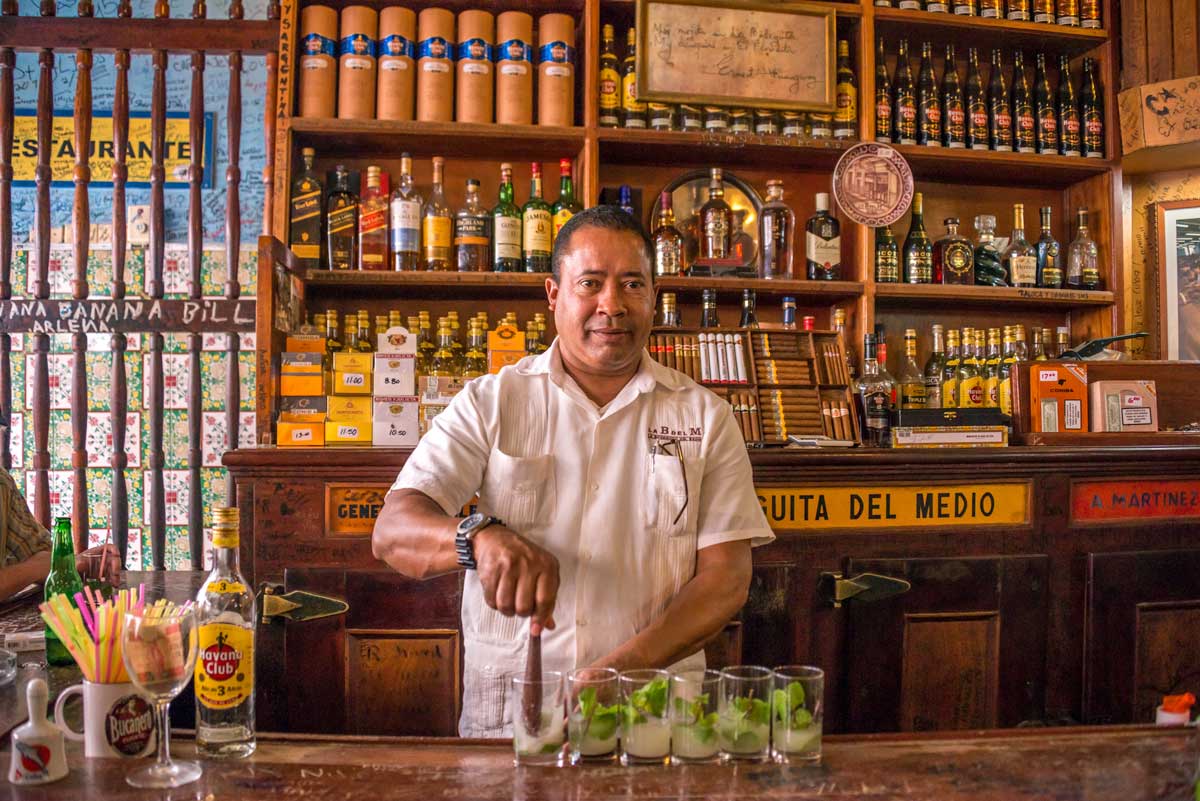
Bartender at Bodeguita del Medio, Havana
Photo: Shutterstock
Tipping in Cuba
Tipping is a customary practice in Cuba, particularly in restaurants and cafes. As with anywhere in the world, the amount you tip should be a reflection of the quality of service you've received. A tip amounting to 10% of the total bill, or an amount you deem fair, is generally acceptable. However, if a service charge is already included in your bill, there's no need to tip extra. Remember, your tip is a token of appreciation for the service, and it's always gratefully received.
Money-Saving Tips for Budget Travel
Getting to grips with Cuba's public transportation system can save you a significant amount of money. The almendrones (the iconic old Cuban taxis), gazellas (small vans operating on fixed routes), and guaguas (buses) are all affordable options.
If you're not a fan of crowded buses and prefer a quicker, more peaceful ride, consider using "La Nave". This app is Cuba's local version of Uber. You can request a ride to your exact destination, and the fare, which is payable in CUP, varies depending on the distance. This way, you can navigate Cuba comfortably without breaking the bank.
The Tale of Two Currencies in Cuba
If you've done some research on Cuba, you might have come across the fact that Cuba had two official currencies: the Cuban Convertible Peso (CUC), primarily used by tourists, and the Cuban Peso (CUP), used by locals. Sounds confusing, right? Fortunately, things have simplified.
The CUC, which circulated in Cuba for about 30 years with an exchange rate of 1 to 1 with the US dollar, was officially withdrawn from circulation at the end of 2020. Now, the CUP is the only official currency in the country. So, any currency exchange you make will be into Cuban Pesos, making your financial navigation in Cuba a bit easier.
Written by Carlos Rojas.
Published July 2023.
Explore Top Destinations in Cuba
Tarará Beach – Havana’s Best Kept Secret
Tired of typical tourist spots? Get to know Tarará beach,
Visit the Museo de la Revolución, and Relive the Fight for Cuba
Havana’s Museo de la Revolución offers a thorough look at
Dance to Your Own Beat at Havana World Music 2022
Havana World Music: Are you ready to break beyond the
Castillo del Morro: A Historical Fortress in Havana
Learn about the History of Cuba in the bay of
Sip and Dance Your Way Through Trinidad’s Nightlife
Things To Do Sip and Dance Your Way Through Trinidad's
Trace the Steps of Hemingway Around Havana
Stroll through Cuba’s storied streets with this guide to Ernest
Five Cuban Clothing Brands to Shop for in Havana
Take a look at the emerging Cuban dress wear brands
Categories
Tags
Share
Subscribe to our newsletter
Get more travel inspiration, tips and exclusive offers sent straight to your inbox
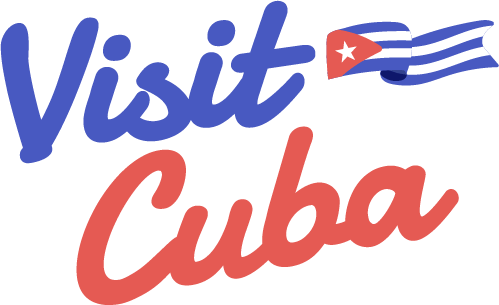
 Subscribe to our newsletter for the best monthly stories and insider guides about Cuba!
Subscribe to our newsletter for the best monthly stories and insider guides about Cuba!